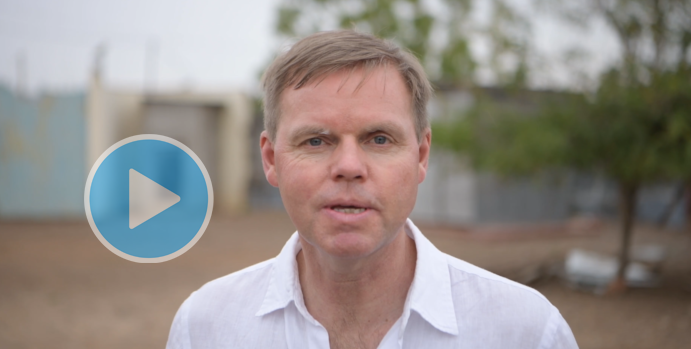While cash-based assistance is common, research on these programs is limited
Dear Colleagues,
Last week I visited the Kakuma refugee camp in northern Kenya. Kakuma defies the images of refugee camps that we often see. It has markets, football fields and schools and its own, thriving economy.
Home to around a quarter of a million people, it was established over thirty years ago and embodies the reality of so many forcibly displaced populations, ones that require development, not humanitarian assistance. With well-functioning markets, cash assistance can be part of the solution to the needs of those who live in Kakuma.
The idea of giving poor people cash is a very old one. A solid theoretical basis for cash transfers was developed by the Nobel Prize winning economist, Amartya Sen, in his book Poverty and Famines: An Essay on Entitlement and Deprivation (1981). Sen stated that one of the earliest cash distribution programs was in 1344 or 1345. It is clearly an enduring idea.
In order to ensure that cash-based assistance helps, and not harms, the people who receive it, thorough preparation needs to take place. This includes, needs assessments, market assessments and analysis, and vulnerability analysis. The outcome of all of these activities is a large amount of data which only increases when the programs are implemented. On the World Bank Microdata Library alone, there are almost five thousand datasets related to cash-based assistance.
Yet research in the area is limited. This month, we are adding eight new summaries to the existing sixteen about cash-based assistance that are currently on our literature review database. These studies focus on forcibly displaced populations from Lebanon to Brazil. There are, however, populations that could benefit from more research, such as those in South Sudan, Bangladesh, and those who have fled the war in Ukraine.
In response to the largest displacement since the World War II, UNHCR implemented a cash assistance program to over half a million Ukrainian refugees and internally displaced people. As data from this operation becomes available, it presents researchers and operations with a huge opportunity. Researchers can help this and other operations determine which lessons from cash-based programming can be shared across displacement contexts, and those which are unique to this situation. What impact do cash-based programs have on host communities? And how can we improve the programs? Research could also help actors innovate or employ new technologies, such as the blockchain solution which was piloted during the Ukraine response. In short, cash-based assistance can increase the efficiency of local markets and help forcibly displaced people realize their productive potential. More research can help realize that potential.
We hope you find the Newsletter and Literature Review Update helpful. Please don’t hesitate to reach out with any comments, questions or suggestions, either to myself ([email protected]) or Melany Markham ([email protected])
Yours sincerely,
Björn Gillsäter
Head of the Joint Data Center on Forced Displacement
P.S. The JDC commissioned a Mid-Term Review (MTR) conducted by KPMG in 2022. The review assessed the Center’s mission, objectives, organizational structure, and business model and presented key findings and recommendations for its second mandate. JDC’s management welcomed the MTR report and issued a Management response to the findings and recommendations. We invite you to read the full report and JDC Management response here.



